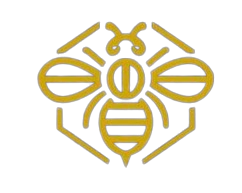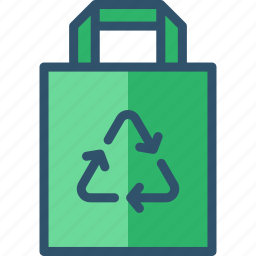
Buzzing with Knowledge: Fascinating Bee Facts You Need to Know
Share
Bees are often seen as tiny, buzzing insects, but they play an incredibly important role in our world. From pollinating the food we eat to supporting the biodiversity that keeps ecosystems healthy, bees are vital to life as we know it. If you're passionate about helping these crucial pollinators, you can make a difference—and it’s easier than you might think!
Here are some of the most frequently asked questions about bees, and how you can support them by creating a bee-friendly environment with our seed bombs.
1. What Do Bees Actually Do?
Bees are nature’s pollinators, transferring pollen from one flower to another. This simple process helps plants reproduce, which is essential for producing many fruits, vegetables, and flowers. Without bees, ecosystems and food production would be in serious jeopardy.
2. Why Are Bees So Important?
Bees pollinate around one-third of the food we eat. From fruits like apples and berries to vegetables like cucumbers, they’re behind much of our food supply. Their work also supports healthy ecosystems by pollinating wild plants that provide food and habitat for other wildlife.
3. What Do Bees Eat?
Bees feed on nectar and pollen. Nectar provides the energy they need, while pollen gives them protein. They gather nectar from flowers and turn it into honey, which they store in their hive as food for the colder months.
4. How Do Bees Make Honey?
Bees gather nectar from flowers, then carry it back to the hive. They evaporate moisture from the nectar and add enzymes that transform it into honey. The honey is stored in wax cells, which is later used as food for the colony.
5. What’s the Difference Between Honeybees and Bumblebees?
Honeybees are smaller, produce honey in large quantities, and live in large colonies. Bumblebees, on the other hand, are larger, fuzzier, and more solitary. While they don’t produce as much honey, they’re excellent pollinators, especially for larger flowers.
6. Are Bees at Risk?
Yes, many bee species are at risk due to habitat loss, pesticide use, climate change, and diseases. This is a big concern since bee declines can affect food production and biodiversity.
7. How Do Bees Communicate?
Bees use the "waggle dance" to communicate. This dance allows bees to share information with hive mates about the direction and distance to the best food sources.
8. Why Do Bees Sting?
Bees sting as a defence mechanism. They protect themselves and their colony from potential threats. Honeybees, in particular, die after stinging because they leave their stinger behind.
9. Do All Bees Make Honey?
Not all bee species produce honey. While honeybees and some bumblebees make honey, many other types of bees, such as solitary bees, do not.
10. How Long Do Bees Live?
Bees have different lifespans depending on their role. Worker bees live around 5 to 6 weeks, queen bees can live for several years, and drones live only for a few weeks during mating season.
11. What Is a Bee Colony?
A bee colony consists of three main types of bees: the queen (who lays eggs), worker bees (who gather nectar, care for the hive, and more), and drones (male bees who mate with the queen).
12. How Can I Attract Bees to My Garden?
By planting bee-friendly flowers like lavender, sunflowers, and daisies, you can create a welcoming environment for bees. Avoid using harmful pesticides, and consider providing a shallow birdbath for a water source.
13. Can Bees Fly in the Rain?
Bees can fly in light rain, but they usually stay inside their hives when it’s raining heavily. Their wings get wet, which makes it hard for them to fly.
14. What Are Bee Products Used For?
Bees produce honey, beeswax, propolis, and royal jelly—all of which are used in food, medicine, and cosmetics. These products are natural and have many uses in our daily lives.
How You Can Help: Support Bees with Seed Bombs
While bees are incredible, they need our help to thrive. By creating bee-friendly spaces, we can offer them the resources they need to flourish. That’s where our bee-friendly seed bombs come in!
Seed bombs are a fun, easy way to grow flowers that attract and support bees. Packed with wildflower seeds, these bombs can be thrown in any patch of land—whether it’s your garden, a community space, or a vacant lot—and they’ll grow into a colourful haven for bees and other pollinators.
Why Use Seed Bombs?
- Easy to Use: Just toss the seed bombs in an area that needs some love.
- Pollinator-Friendly: They’re designed with flowers that attract and nourish bees.
- Environmentally Friendly: Helps create habitats in urban or barren spaces.
By purchasing our seed bombs, you’re not just brightening up your garden—you’re directly helping the bees. Let’s work together to create more bee-friendly spaces and make the world a little greener!
Click here to buy your bee-friendly seed bombs and start making a difference today!
By learning more about bees and taking small steps to help, we can all contribute to a healthier, more sustainable world for these vital pollinators. Don’t forget—every bee counts!






